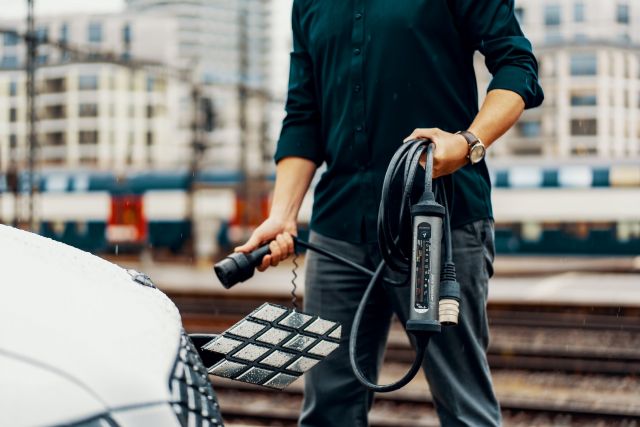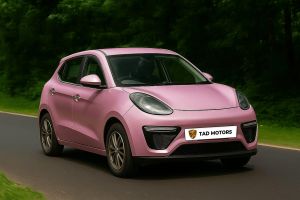
The reality of a breakdown during the hostile Dakar
The Dakar Rally is often portrayed as a heroic clash between man, machine and an unforgiving wilderness.
- Industry News
- 14 December 2025
Global automakers have touted plans to reuse electric vehicle (EV) batteries when they lose power, but competition for battery packs and cell materials and the appetite for affordable cars cast doubt on this part of the circular economy, reports the news agency, Reuters.

An array of start-ups offers second-life energy storage using old EV batteries.
But creating the viable industry envisioned by carmakers such as Nissan would mean fighting off competition from recyclers, refurbishers and the needs of drivers squeezed by the cost-of-living crisis.
"The assumption that EV batteries are only going to last eight-to-10 years and then owners will swap them out is just not true," says Hans Eric Melin, founder of consultancy Circular Energy Storage (CES), which tracks battery volumes and prices. "It's going to be tricky to make second-life work."
While there’s a possible solution for buses, trucks and other commercial vehicles, it will take longer for batteries from passenger cars to be reused at scale.
The second-life energy storage idea is in theory simple.
As EV batteries' capacity falls below 80%-85% after eight-to-10 years of use, the theory goes, they will be repurposed to power buildings or even balance local and national energy grids.
Investors who believe in the circular economy, where products and materials are repaired and re-used, have provided around $1 billion in funding to nearly 50 start-ups globally, according to Reuters’ calculations.
In addition, carmakers from Mercedes to Nissan have set up their own second-life operations.
The problem is a lack of old EV batteries that show no sign of easing.
"The 80% threshold is an arbitrary number that does not reflect the real-life usage of EVs," Melin says.
Demand for used batteries for storage is likely to soar as intermittent renewable energy takes on a bigger role.
By 2030 global battery capacity for grid storage could grow to 680 gigawatt-hours, from 16 GWh at the end of 2021, the Paris-based International Energy Agency estimates.
Britain alone pays around £1 billion annually to switch off wind farms when the grid does not need the power – there is no way yet to store it because of the battery shortage. It also often has to buy electricity from Europe when it has a shortfall.
The biggest issue is people keeping their vehicles longer. Jonathan Rivera, a resident of Coeur d'Alene, Idaho, illustrates the challenge.
Last September, he became the third owner of a used 2011 Nissan Leaf he bought for $3,750.
After 12 years' use, the electric car's driving range had fallen to 64 km from 194 km.
That was no problem for Rivera, who used it to commute 29 km to work, forgoing the heater in the winter because it drained the battery.
He has just sold the car for $3 000 to pay down on credit card debt, but wants another used EV.
"That car handled 90% of my driving needs," Rivera said. "If treated right, it should last another five, six years."

According to a Reuters report, Ford and Renault have agreed to work together on a new generation of compact, lower-priced electric cars for Europe, while also expanding cooperation on commercial vans, as both manufacturers seek to defend their market positions against increasingly aggressive Chinese rivals.

As South Africa forges ahead in the automotive landscape, a notable divide has emerged in the growing realm of new-energy vehicles.

Kenya’s automotive industry recently made headlines when Tad Motors unveiled its first range of locally assembled electric vehicles (EVs), igniting discussions across Africa about the continent’s growing capacity for indigenous mobility solutions.